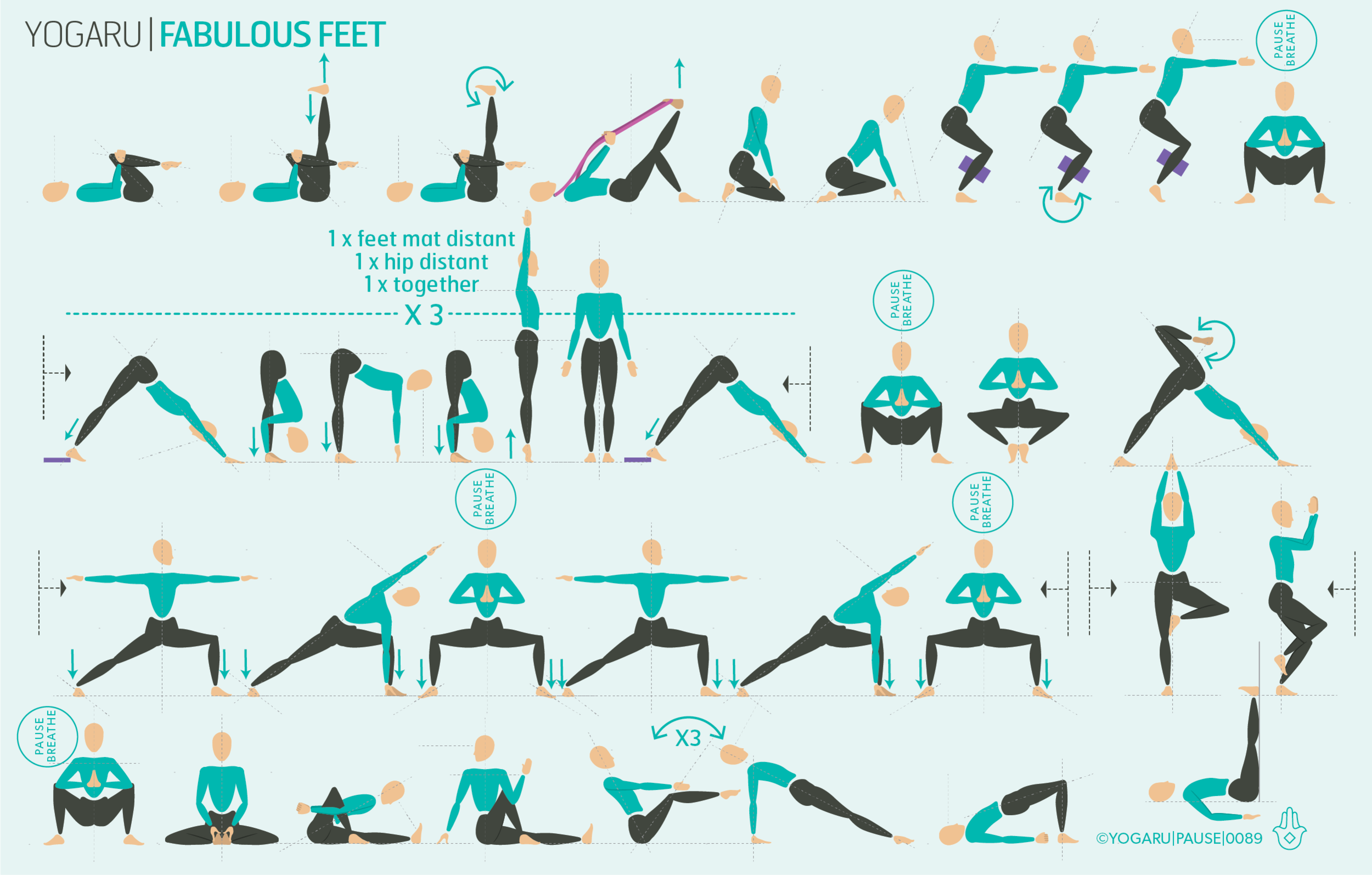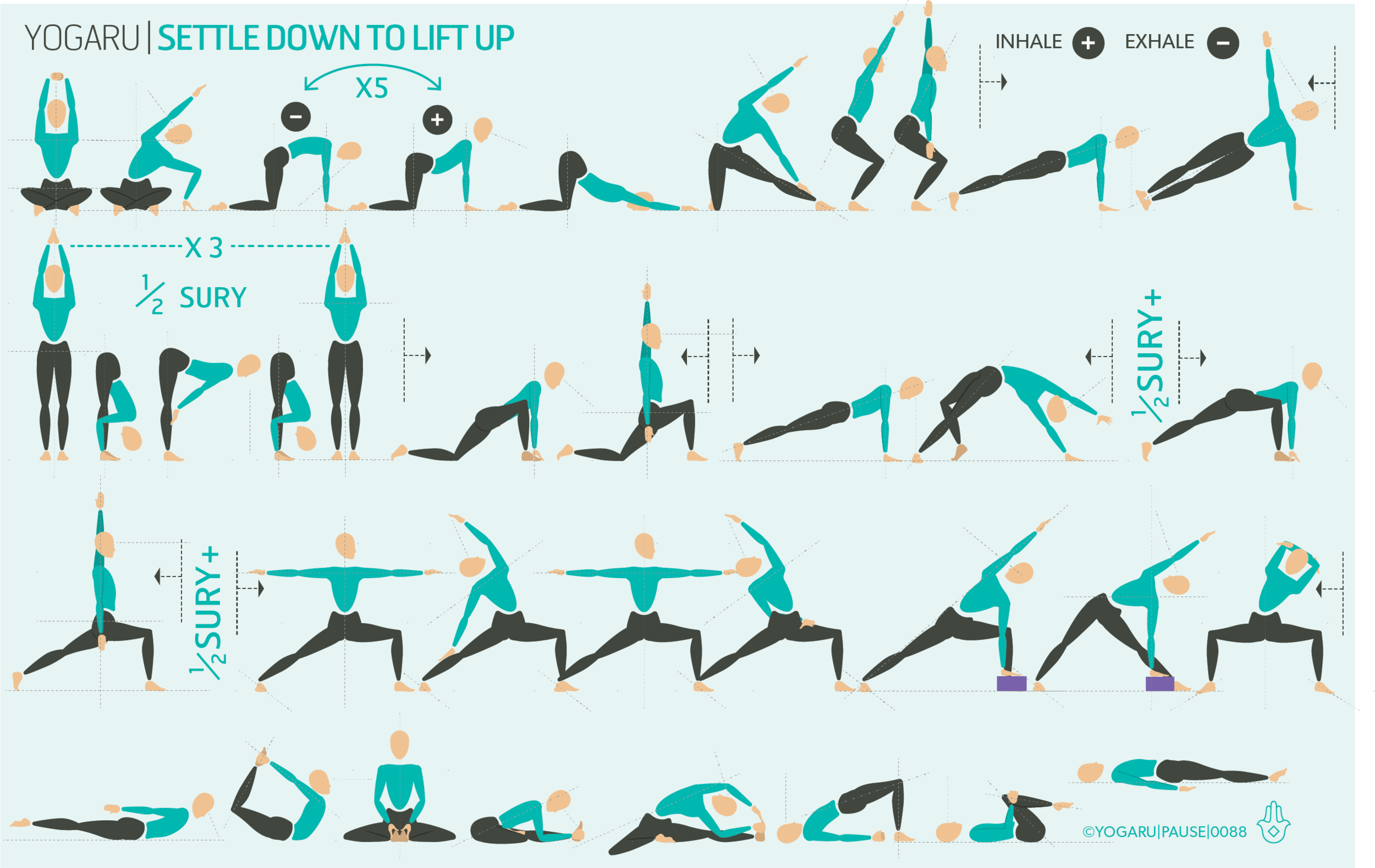TIGHT & WEAK
Recently in my practice I’ve become more conscious of building a sustainable practice with longevity that will see me practicing well into my 90s’! After twenty years of a regular practice I’m starting to notice an element of overstretch in the back of my hamstrings and glutes. A phenomenon called ‘yoga butt’, which is very common in yogis with a long standing practice, where the tendons become inflamed from regular stretching and you develop tendinopathy. It doesn’t necessarily correlate with flexible muscles. Forward bends remain as the poses I find most challenging. We associate tight with strong but muscles are more often tight and weak. We are very sedentary in our day to day lives, we sit for long periods of time. This causes the muscles to become weak and tight from lack of blood flow and lack of movement. Stretching strongly into tight, weak muscles increases the chances of injuries to the connective tissue and the tendons. An athlete, or someone who has a specific regular sport discipline, may find they have certain areas that become tight and strong over time. For these people plenty of stretching in their practice will balance them out. But for the majority of us we need equal amounts of stretching and strengthening in our yoga practice.
FINDING EQUAL STRETCHING AND STRENGTHENING
The misconception about yoga is that it is all about stretching. Yes there is plenty of opportunities to stretch, but there is equal opportunities to strengthen too. To remedy my ‘yoga butt’ and make my practice more viable for the future I am consciously looking for the strength in each pose and adding poses to strengthen certain areas where I know I need more stabilisation and strength. Finding the strengthening muscles isn’t as hard as you’d imagine. To every muscle that is stretching there is a muscle that is strengthening. Think of a forward bend – the back body is in extension and stretching, while at the same time the front body is flexing and strengthening.
EXPLORING YOUR STRONG GLUTES IN YOUR PRACTICE
The glutes comprise of three muscles – gluteus maximus, gluteus medius and gluteus minimus. Glute max extends the leg back, externally rotates the leg and abducts it out to the side. Tight gluteus max limits forward bends. Glute medius and minimus are quite similar in function – they abduct the leg out to the side, internally rotate the leg and stabilise the pelvis. They are the muscles we switch on when we ‘hug to the midline’. Tight medius and minimus leads to instability in standing poses.
ALIGNMENT CUES
This sequence will give you plenty of poses which to feel the glutes working and to help you sense their position and their function in the body. The peak pose is a version of Ardha Chandra Chapasana/Half Moon Sugarcane where you will be coming into the balancing pose with the top leg bent and reaching back, and instead of holding onto the foot you will reach for the foot but not hold it. This will allow the strength of the muscles to carry the weight of the lifted leg. Particularly the glute max of the lifted leg and the glute medius and minimus of the standing leg as they work to keep you stable in this balancing pose.
From Ardha Chandrasana, bend your left knee, reach your left hand back toward your left foot without holding onto the foot.
Flex your foot and reach your left knee up and back, squeeze into the back of the knee.
Hug your right hip in to the midline and press down through the three point of your right foot.
Draw your navel to your spine and lift your pelvic floor.
Broaden through the collarbones. Arch through your whole spine, lengthen your neck and softly reach your head back, gaze down or up.
To save the images for personal use click and hold down the image until the ‘save image’ option appears; on Mac hold down ‘control’ and click the image to get the option box; on PC right click on the image to get the option box. Scroll down in the ‘option box’ and click ‘save image’.
Ruth Delahunty Yogaru




